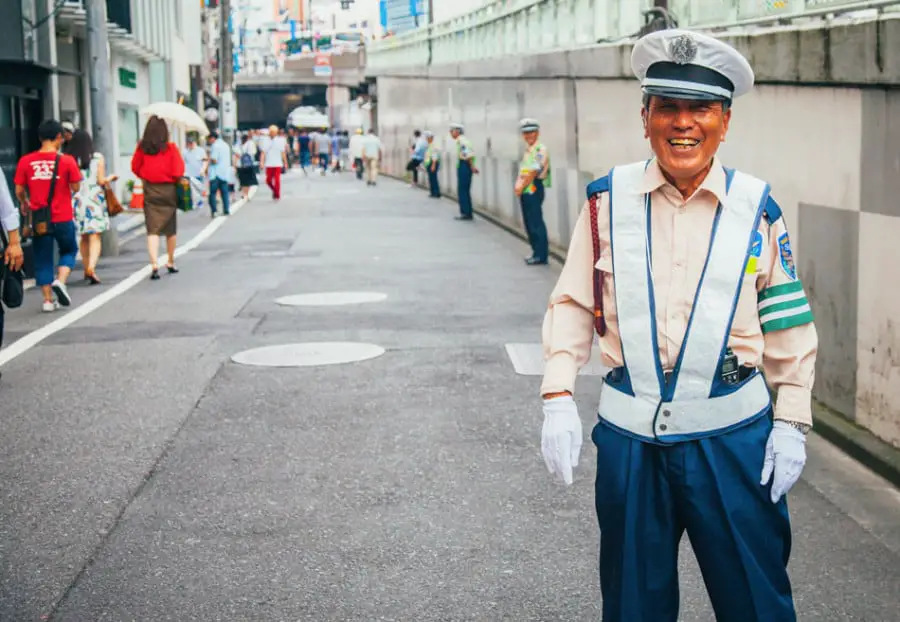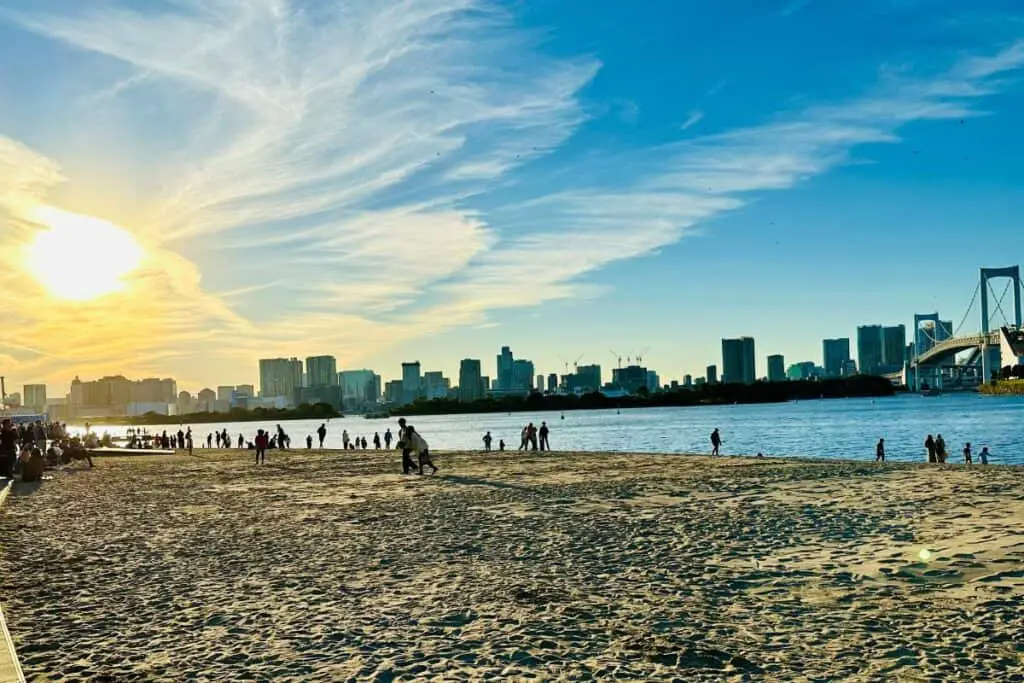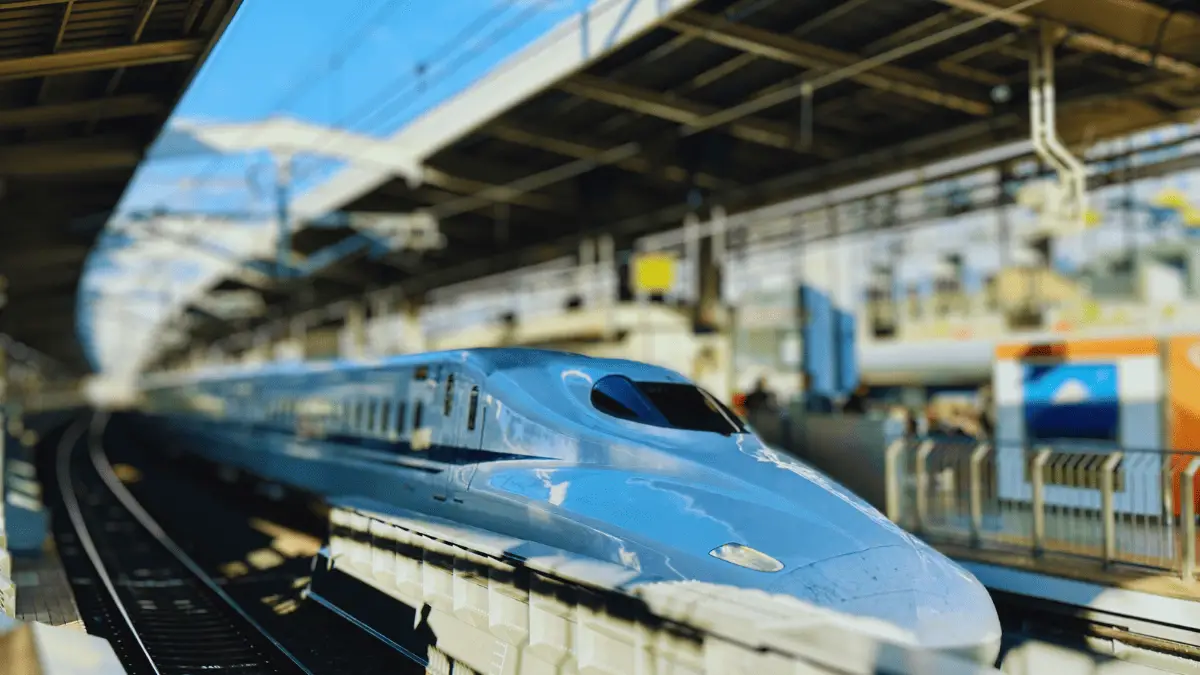
© Ana Costa
While I was doing some research for my trip to Japan, I came across information about shinkansen prices, but some people seem to believe shinkansen is an expensive option. As I was planning to use the Shinkansen in Japan, I wanted to know more about the price I would pay for my whole itinerary.
As a general rule, the shinkansen is more expensive than local trains or buses in Japan. For a trip from Tokyo to Kyoto (513 km), the Shinkansen ticket will cost 106 USD, while a local train will cost 64 USD. Regarding buses, the ticket will cost 39 USD for a day bus and 43 USD for a night bus.
Of course, if we only look at the prices, the shinkansen is indeed more expensive, but several reasons justify this price. In the next paragraphs, I will explain why the Shinkansen is more expensive than other options, but I will also give an objective view of the advantages and inconveniences of using different types of transportation.
How Much Does The Shinkansen Cost in Japan?
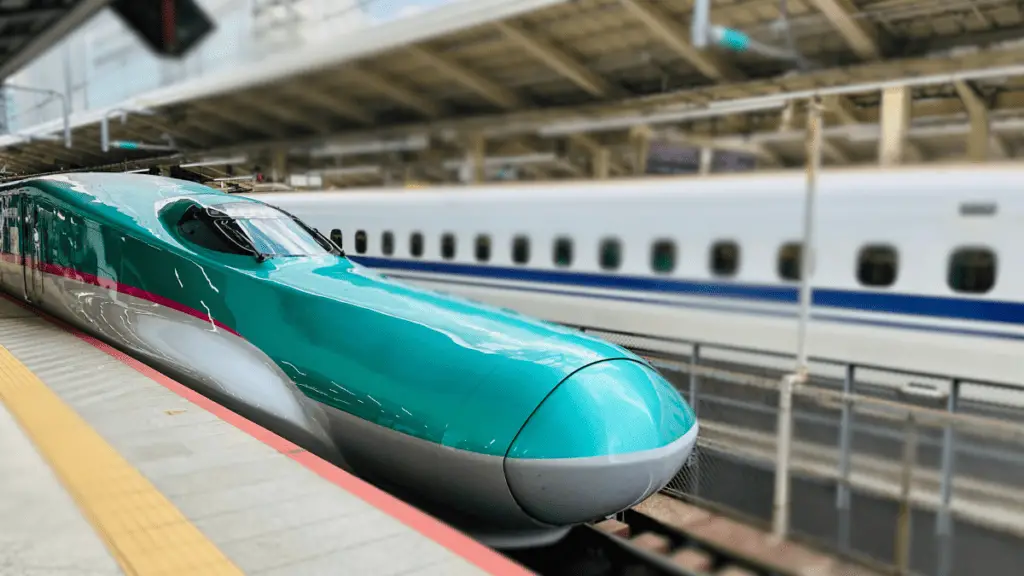
© Ana Costa
The Shinkansen is considered expensive because it costs, on average, two to three times the regular price of other transportation options like local trains or buses. However, this difference can be explained by factors such as convenience, time, and comfort.
Other than that, the Shinkansen price can be easily reduced if you buy a JR Pass, instead of buying several single tickets. If you want to know if the JR pass is worth it for your itinerary, you can use my calculator.
Local trains vs Shinkansen
| Shinkansen (ticket) | Local Train (ticket) | Shinkansen (7 days pass) | |
| Tokyo – Kyoto | ~13,000 yen | ~8,000 yen | 50,000 yen |
| Tokyo – Osaka | ~14,000 yen | ~9,000 yen | 50,000 yen |
| Tokyo – Hiroshima | ~18,000 yen | ~12,000 yen | 50,000 yen |
You could think that there’s no big difference between a local train and the Shinkansen, after all, they’re all trains, right? Well, you can be surprised by all the differences between a trip on the Shinkansen and a local train.
The first huge difference is time. I know that some people like to cut expenses by choosing options that take more time, but if you’re visiting Japan for a limited time, believe me, you don’t want to lose time in transportation options. For those of you who might be thinking, “Yeah, but the trip already costs me so much that I cut expenses wherever I can”, let me show you some real examples of the time spent on the Shinkansen versus the time spent on local trains in the table below.
Hey, check out these recommendations I have for you!
Before going any further, take a look at some of the recommendations I've handpicked for you. I think these are essential items you should have on your trip to Japan. You can check them out and buy them directly from Amazon.
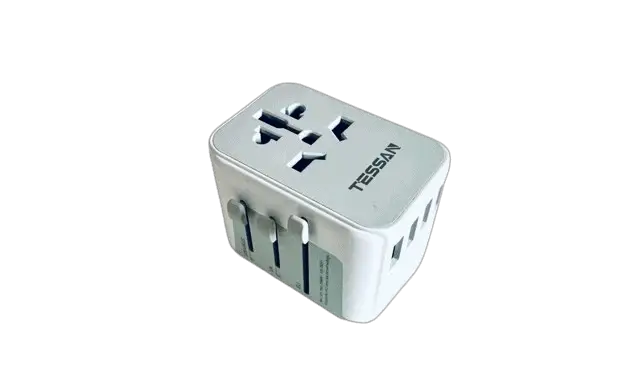
|
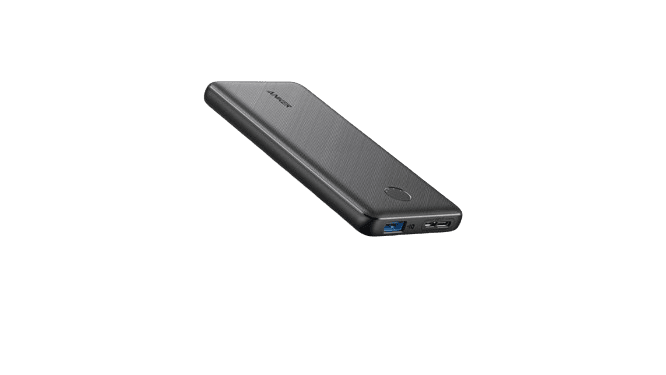
|

|
| A universal travel adapter | A 10,000 mAh power bank | A travel adapter and converter |
| Shinkansen | Local Train | |
| Tokyo – Kyoto | 3 hours | 9 hours |
| Tokyo – Osaka | 3 hours | 9 hours |
| Tokyo – Hiroshima | 5 hours | 15+ hours |
As you can see, the Shinkansen is two to three times faster than local trains, so it is normal for the tickets to be more expensive, and they don’t even cost double the local train ticket. If you take a good look at the time gained with the Shinkansen, you’ll see that the trip takes 1/3 of the time it would take on a local train!
Assuming that most people visit Tokyo and Kyoto on their trip to Japan if you choose to use the local train, you practically lose one day of sightseeing in transportation. And even if time is not an issue for you, let’s have a look at the next big difference.
Another significant difference between the Shinkansen and local trains is the transfers. While a trip on the Shinkansen has no transfers, or maybe one transfer in long-distance trips like Tokyo-Hiroshima, the same trip using local trains will have at least 5 or 6 transfers. And what do transfers mean? For me, transfers mean more complexity, more time, more stress, and more chances of losing anything. Can you imagine yourself switching trains even 5 times during a single trip from Tokyo to Kyoto? I know I can’t.
I’ve created the table below to compare the number of transfers between the Shinkansen and local trains for the same routes we saw before.
| Shinkansen | Local Train | |
| Tokyo – Kyoto | 0 transfers | 5 transfers |
| Tokyo – Osaka | 0 transfers | 5 transfers |
| Tokyo – Hiroshima | 1 transfer | 9 transfers |
Bus vs Shinkansen
Day buses or even night buses are also an alternative to the Shinkansen because they’re affordable. Buses cost half the shinkansen’s price (sometimes even less), but, just like local trains, there’s a good reason for that.
Insider tips for your Japan trip. Quick, easy, and free!
I Want This
Bus tickets vary a lot according to the season, the type of bus (day/night bus), and even the day of the week. As a general rule, to get the best price, you should travel during the low season, on a weekday, and using a day bus. Take a look at the tables below that compare prices between day and night buses, using different times of the week.
For the average bus prices during the low season, I chose some dates in late May, after the Golden Week in Japan. If you don’t know what the Golden Week is, you can check my article about the Golden Week here.
| Day Bus (Wednesday) | Day Bus (Saturday) | Night Bus (Wednesday) | Night Bus (Saturday) | |
| Tokyo – Kyoto | ~5,000 yen | ~5,500 yen | ~5,000 yen | ~6,000 yen |
| Tokyo – Osaka | ~5,000 yen | ~5,500 yen | ~5,000 yen | ~6,000 yen |
| Tokyo – Hiroshima | N/A | N/A | ~7,000 yen | ~9,500 yen |
For the average bus prices during the high season, I chose some dates in early April because of the Cherry Blossom season, or Sakura season. If you want to know more about Sakura, I’ve also written an article about the meaning of Sakura.
| Day Bus (Wednesday) | Day Bus (Saturday) | Night Bus (Wednesday) | Night Bus (Saturday) | |
| Tokyo – Kyoto | ~6,000 yen | ~7,000 yen | ~6,500 yen | ~8,500 yen |
| Tokyo – Osaka | ~6,000 yen | ~7,000 yen | ~6,500 yen | ~8,500 yen |
| Tokyo – Hiroshima | N/A | N/A | ~8,500 yen | ~12,000 yen |
Now that you’re getting a good idea of the ticket prices for several alternatives to the shinkansen, and hopefully, you understand now that the shinkansen price is very reasonable after all, let’s see how you can reduce the shinkansen cost with two simple tips: the Japan Rail Pass and the unreserved seats.
Regular tickets vs Japan Rail Pass
If you have done a little research about Japan for your travel, you probably already know that there’s a special pass for the Shinkansen called Japan Rail Pass. While you can buy several single Shinkansen tickets each time, tourists generally choose to buy a single Japan Rail pass that covers all trips on the Shinkansen for a limited time, which makes it the most affordable option in most cases.
In case you need to know more about the Japan Rail Pass (how it works, where and when to buy it, is it worth it for you), I wrote a few posts with more detailed information to help you:
- How far in advance should I buy the Japan Rail Pass?
- How Late Can I Buy a Japan Rail Pass?
- Japan Rail Pass Calculator
Reserved seats vs Non-reserved seats vs Green seats
Another thing you must know about the Shinkansen is that there are different types of seats, which means different prices. But, if you already choose to buy the Japan Rail Pass, you must know that the seat fare is already included in the pass you chose. This is another reason why the Japan Rail Pass is so popular.
In case you don’t want to buy a Japan Rail Pass, you can cut expenses in seat reservations. Choosing an unreserved seat will cost you around 500 yen less, depending on the season, than a reserved seat. Also, if you choose a “Green Seat”, which is basically a first-class seat, the price will be significantly higher.
| Unreserved seat | Reserved seat | Green Seat | |
| Tokyo – Kyoto | ~5,500 yen | ~6,000 yen | ~11,000 yen |
| Tokyo – Osaka | ~5,500 yen | ~6,000 yen | ~11,000 yen |
| Tokyo – Hiroshima | ~7,000 yen | ~7,500 yen | ~15,500 yen |
Is the Shinkansen More Expensive Than Flying?
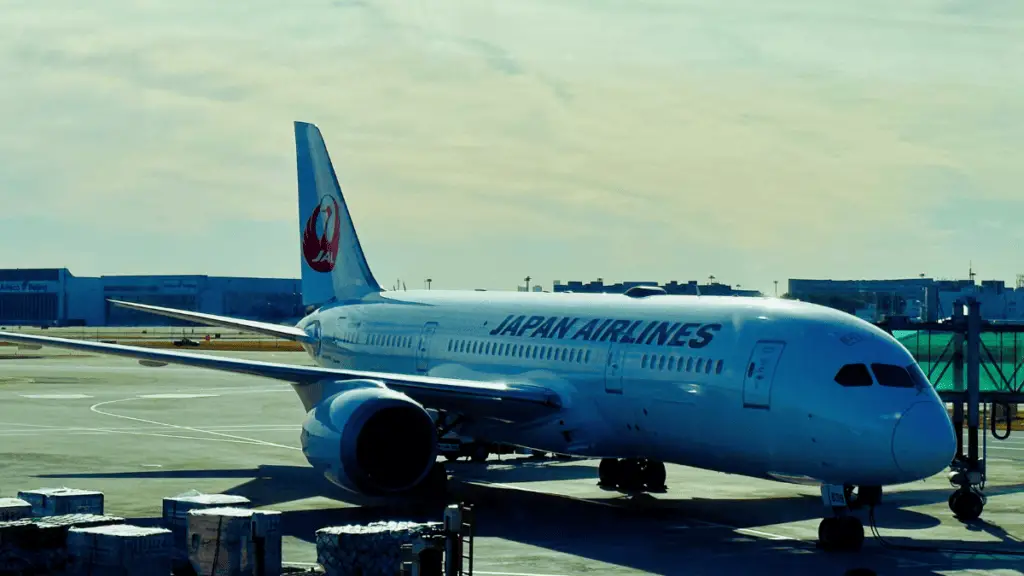
© Ana Costa
On average, the Shinkansen is more expensive than flying for shorter distances, while prices can be similar or cheaper for longer distances. A one-way Shinkansen ticket from Tokyo to Kyoto can cost around 13,000 yen, while a domestic flight can cost around 6,500 yen or even less.
When looking for domestic flights, make sure you check ANA and JAL’s special services for tourists. Book your flights using ANA Discover Japan or JAL Explorer Pass for good deals on domestic flights.
If you’re used to domestic flights in the US, you might be tempted to think domestic flights in Japan are a good alternative to the shinkansen, but you must be careful because there are several factors to consider when comparing the shinkansen to domestic flights.
While the travel time is shorter while flying (1.5 hours on a plane versus 3 hours on the Shinkansen), don’t forget other factors add more time to the travel.
Security checks and check-in
An important aspect to take into account is that there are more delays for the security check or check-in when flying. As you already know, you are always advised to be at the airport 2 hours in advance to have enough time for all the checks. However, on the Shinkansen, you don’t have this kind of issue. You are advised to be at the train station 10 to 15 minutes before the train arrives.
Dreaming of Japan? Here’s your go-to guide for a great trip.
Download Free Guide
Train station locations vs airport locations
Another factor you can’t neglect is the location of the train stations versus airports. Almost every time, train stations are located inside the city center, which makes them easily accessible. Airports, on the other side, are generally located outside the city, which adds extra costs and time to your travel.
There are two airports in Tokyo, but while Haneda Airport is 25 minutes away from the city center, Narita Airport is 55 minutes away from Tokyo. And, of course, prices are more expensive from Haneda airport. If you want to know more about Tokyo airports, you can read my previous post here.
Ticket prices for kids
The last important factor I want you to consider is the ticket prices for kids. Some of you might be thinking of a family trip to Japan, but kids add to the budget. Fortunately, with the Shinkansen, there are prices for kids, and even a Japan Rail Pass for kids, while on a domestic flight, you will often pay the full price depending on the kid’s age.
Conclusion
At first sight, the shinkansen seems to be more expensive than other transportation options like local trains, buses, and even airplanes, but, as we saw, this is more an illusion than a fact. Well, if you compare just the ticket prices, of course, the Shinkansen is more expensive, but you gain hours on each Shinkansen trip. This is precious time you can use for sightseeing and discovering Japan.
Also, the Shinkansen is far more comfortable and convenient than local trains or buses. You will be walking a lot in Japan while trying to see all you can in a short amount of time, and you will end up exhausted at the end of the day, so do you want to add extra fatigue by switching trains or sleeping on a night bus?
And for those who have kids, you can easily imagine what a pain it will be to use local trains, buses, or even domestic flights to go around Japan with kids.
I can imagine some people might be on a tight budget, and in that case, some of these alternatives to the Shinkansen are acceptable options. But if you want to get the most out of your trip to Japan, the Shinkansen is the best option and not that expensive when we look at the whole picture.
I had a 14-day Japan Rail Pass on my trip to Japan and I used it to the fullest. I loved the Shinkansen experience because it was by far the most comfortable and efficient way of traveling throughout Japan. Plus, I got to try the famous Hello Kitty Shinkansen which is amazing.


